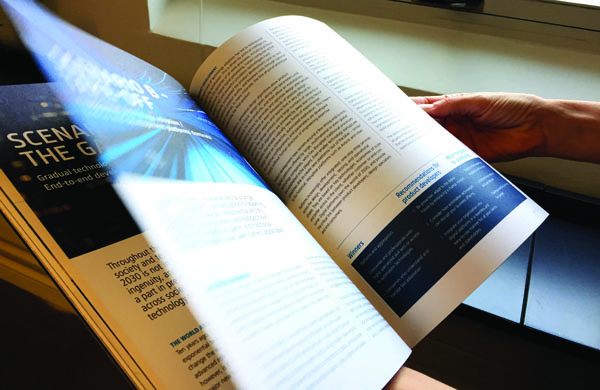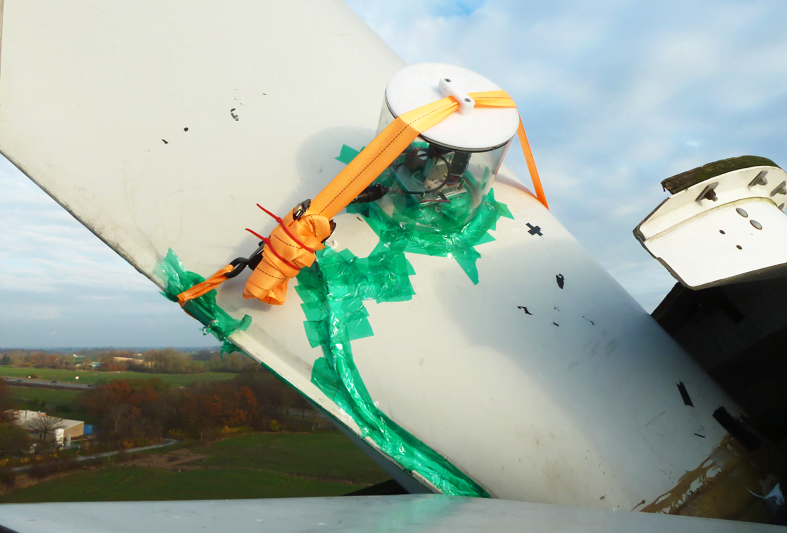 LEARN MORE
LEARN MOREREAD THE FULL WHITEPAPER
Modern wind turbine blades are designed to last for 20 to 25 years under severe weather conditions, and during this period, the damage is unavoidable. Almost inevitably, a small blade defect will develop into a bigger failure, which if no countermeasures are taken, will become critical, causing serious consequences.
Repairing a small defect is significantly cheaper than repairing a bigger one or replacing an entire blade. Therefore, wind turbine operators pay close attention to monitoring their fleets’ blades.
Today, this is done by periodical visual inspections conducted every one to two years. For such an inspection, the wind turbine has to be stopped, then a service technician, often trained climbers, checks every inch of the blade’s surface and documents any defects found. This is a tedious and risky job that can only be done in good weather conditions. Since such inspections are quite expensive, many in the industry realize that a better approach is needed.

One solution could be an automatic, remote, structural health monitoring system that can instantaneously identify damage without stopping the wind turbine, thus avoiding expensive downtime.
LEARN MORE
DATA ACQUISITION SYSTEM
LAN-XI FRAME TYPE 3660-CBrüel & Kjær, in cooperation with leading Danish wind turbine specialists, has developed a prototype of such a system – an active, vibration-based, structural health monitoring system that uses an actuator and accelerometers to collect vibration data, while a damage detection algorithm indicates if blade damage is present.
The solution was used to monitor a real Vestas V27 wind turbine for four months, resulting in the detection of a 15 cm crack on a blade’s trailing edge. It is believed that the same principle can be used for monitoring pipelines, tanks, chimneys, aircraft fuselages, and other thin-shell structures as well.
Watch our video 'Predictive Structural Health Monitoring On Wind Turbine Blades', to learn more about the development of the project:
RELATED ARTICLES

Inscreva-se em nossa Newsletter e receba as últimas histórias do nosso mundo de ruído e vibração

